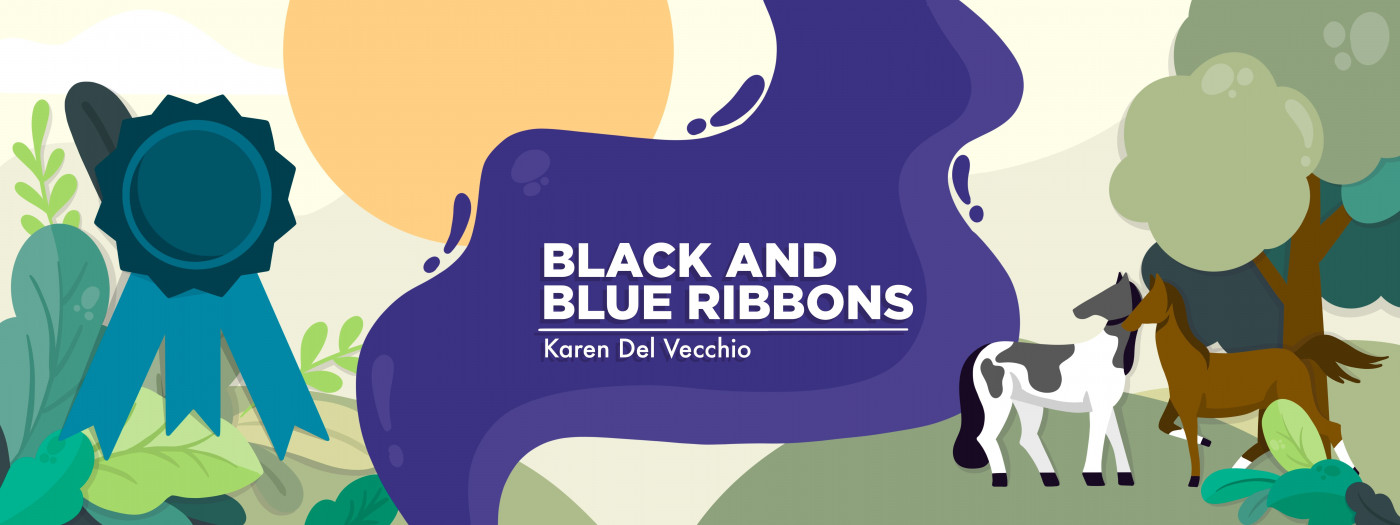Discovering a new way to help manage my food sensitivities
An aunt's advice will make it easier to check ingredients for potential problems
Written by |

I was able to take a few days recently to visit my extended family. It’s always nice to see my aunts, uncles, cousins, and grandparents, and while we don’t typically plan any big outings, we always enjoy spending low-key time together. Many of us have food allergies or other dietary restrictions, so we always have a hodgepodge of items to eat that’ll accommodate everyone’s needs.
I was sitting outside when my cousin brought out a tray with crackers and hummus. Of course, with the food sensitivities I have that seem to go with my Ehlers-Danlos syndrome, including my strong reactions to mammalian products that present like alpha-gal syndrome, the first thing I did was read the label. I mentioned offhand that eating anything new always makes me nervous.
An aunt who was sitting nearby asked me why.
Basically, I stress about reading food labels because I’m afraid of missing an ingredient and making myself sick. While I’m lucky that my symptoms don’t cause an anaphylactic reaction, they do give me terrible gastrointestinal problems. The last time I made a mistake and ate cereal with milk powder in it, I felt like my stomach lining was on fire.
While I’ve had many smaller reactions — different byproducts seem to result in differing severity of reaction — I’ve only had that one major mishap. Lesser reactions are uncomfortable, but that major one was so painful that I’ve become wary about making a similar mistake.
Especially because many animal byproducts are hidden in foods, labels can be frustrating to read. For example, I didn’t know for almost a year after trying to avoid mammalian products that vitamin D3 is almost always derived from sheep lanolin. While that only causes a mild reaction in me, I’ve been able to figure out why some foods that seemed perfectly fine have been upsetting my digestive system.
When I explained all of that, my aunt asked if I’d heard of the Fig app. I hadn’t, so she explained that after its users put in their dietary restrictions, they can use it to scan a food’s bar code to identify if that product has any ingredients that would affect them badly.
My immediate response was, “How did I not know about this?”
I downloaded Fig and tried it at the grocery store that afternoon. It was pretty neat! If the app flags an item, it tells you the troublesome ingredient so you can decide if it’s a problem. No technology is perfect, and the app admits that it isn’t, either; during sign-up, users are told not to rely entirely on the app’s analysis.
Despite that, I feel better knowing that I have a second set of “eyes” working for me when I pick up a new food. It’s now less likely that I’ll miss seeing an ingredient and accidentally eat something that makes me sick. That’s pretty awesome.
Note: Ehlers-Danlos News is strictly a news and information website about the disease. It does not provide medical advice, diagnosis, or treatment. This content is not intended to be a substitute for professional medical advice, diagnosis, or treatment. Always seek the advice of your physician or another qualified health provider with any questions you may have regarding a medical condition. Never disregard professional medical advice or delay in seeking it because of something you have read on this website. The opinions expressed in this column are not those of Ehlers-Danlos News or its parent company, Bionews, and are intended to spark discussion about issues pertaining to Ehlers-Danlos.





Leave a comment
Fill in the required fields to post. Your email address will not be published.